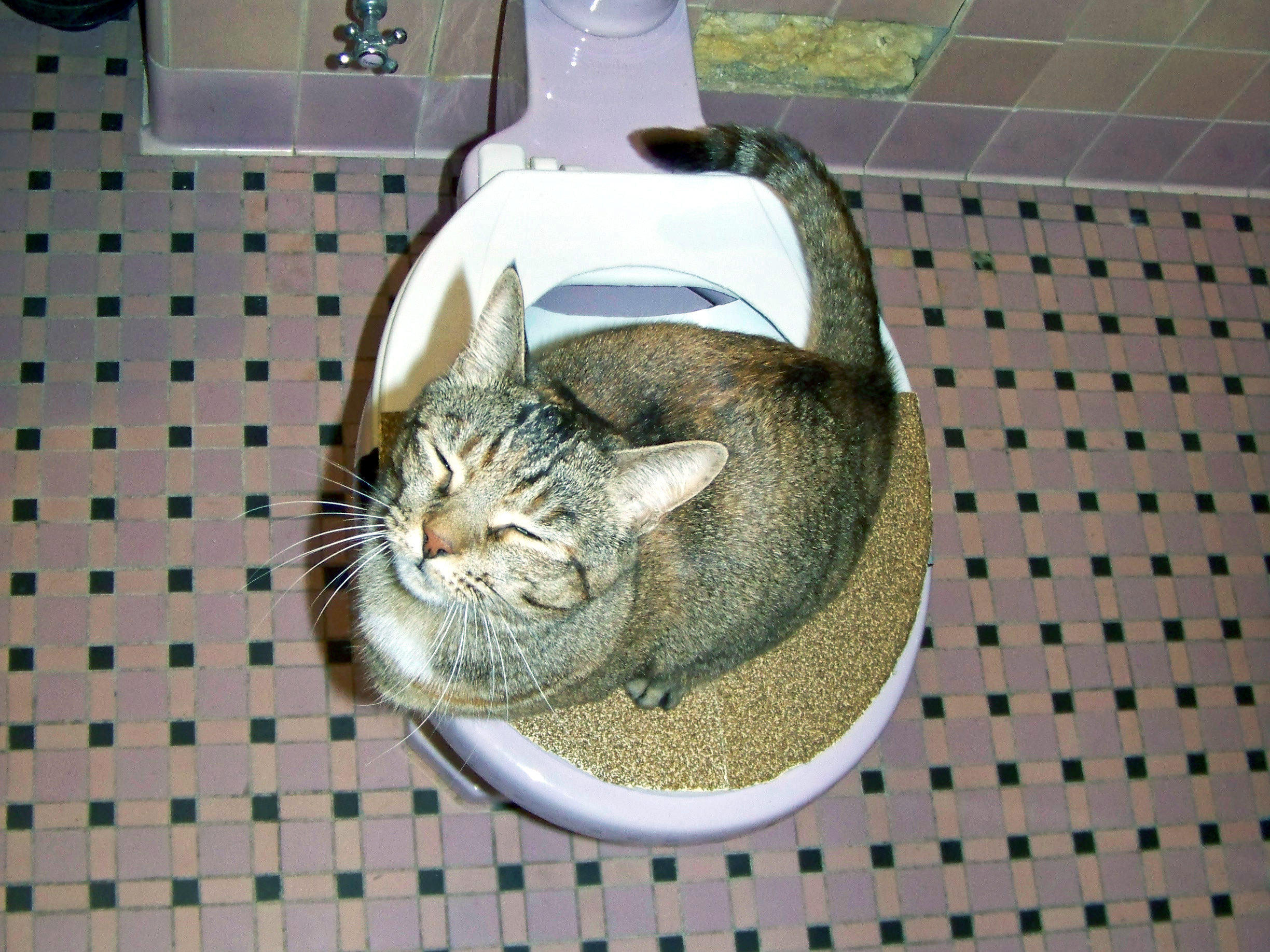We've encountered the article on Can You Flush Cat Poo or Litter Down the Toilet? directly below on the web and accepted it made perfect sense to talk about it with you in this article.

Introduction
As feline proprietors, it's necessary to bear in mind just how we get rid of our feline close friends' waste. While it might appear convenient to purge pet cat poop down the bathroom, this technique can have detrimental repercussions for both the setting and human wellness.
Alternatives to Flushing
Fortunately, there are much safer and a lot more liable ways to get rid of feline poop. Think about the complying with alternatives:
1. Scoop and Dispose in Trash
The most common technique of throwing away pet cat poop is to scoop it right into an eco-friendly bag and toss it in the garbage. Make certain to use a devoted litter scoop and get rid of the waste quickly.
2. Use Biodegradable Litter
Choose biodegradable cat litter made from materials such as corn or wheat. These litters are eco-friendly and can be securely gotten rid of in the garbage.
3. Hide in the Yard
If you have a lawn, consider burying cat waste in a designated location far from veggie yards and water resources. Make sure to dig deep sufficient to avoid contamination of groundwater.
4. Install a Pet Waste Disposal System
Invest in a pet garbage disposal system especially created for feline waste. These systems use enzymes to break down the waste, minimizing smell and ecological effect.
Health Risks
In addition to ecological problems, purging feline waste can also pose health and wellness dangers to human beings. Pet cat feces may include Toxoplasma gondii, a bloodsucker that can trigger toxoplasmosis-- a potentially severe health problem, particularly for expectant ladies and people with weakened immune systems.
Ecological Impact
Purging cat poop presents unsafe virus and parasites into the supply of water, posing a considerable danger to aquatic communities. These impurities can negatively influence aquatic life and concession water quality.
Verdict
Accountable pet ownership prolongs past giving food and shelter-- it additionally involves correct waste monitoring. By refraining from purging pet cat poop down the toilet and selecting alternative disposal techniques, we can decrease our ecological footprint and shield human health and wellness.
Why Can’t I Flush Cat Poop?
It Spreads a Parasite
Cats are frequently infected with a parasite called toxoplasma gondii. The parasite causes an infection called toxoplasmosis. It is usually harmless to cats. The parasite only uses cat poop as a host for its eggs. Otherwise, the cat’s immune system usually keeps the infection at low enough levels to maintain its own health. But it does not stop the develop of eggs. These eggs are tiny and surprisingly tough. They may survive for a year before they begin to grow. But that’s the problem.
Our wastewater system is not designed to deal with toxoplasmosis eggs. Instead, most eggs will flush from your toilet into sewers and wastewater management plants. After the sewage is treated for many other harmful things in it, it is typically released into local rivers, lakes, or oceans. Here, the toxoplasmosis eggs can find new hosts, including starfish, crabs, otters, and many other wildlife. For many, this is a significant risk to their health. Toxoplasmosis can also end up infecting water sources that are important for agriculture, which means our deer, pigs, and sheep can get infected too.
Is There Risk to Humans?
There can be a risk to human life from flushing cat poop down the toilet. If you do so, the parasites from your cat’s poop can end up in shellfish, game animals, or livestock. If this meat is then served raw or undercooked, the people who eat it can get sick.
In fact, according to the CDC, 40 million people in the United States are infected with toxoplasma gondii. They get it from exposure to infected seafood, or from some kind of cat poop contamination, like drinking from a stream that is contaminated or touching anything that has come into contact with cat poop. That includes just cleaning a cat litter box.
Most people who get infected with these parasites will not develop any symptoms. However, for pregnant women or for those with compromised immune systems, the parasite can cause severe health problems.
How to Handle Cat Poop
The best way to handle cat poop is actually to clean the box more often. The eggs that the parasite sheds will not become active until one to five days after the cat poops. That means that if you clean daily, you’re much less likely to come into direct contact with infectious eggs.
That said, always dispose of cat poop in the garbage and not down the toilet. Wash your hands before and after you clean the litter box, and bring the bag of poop right outside to your garbage bins.
https://trenchlesssolutionsusa.com/why-cant-i-flush-cat-poop/

We had been made aware of that write-up on How to Dispose of Cat Poop and Litter Without Plastic Bags through someone on our other web blog. Do you know about anybody else who is fascinated about Don’t flush cat feces down the toilet? Please feel free to share it. Many thanks for your time. Come back soon.
Book